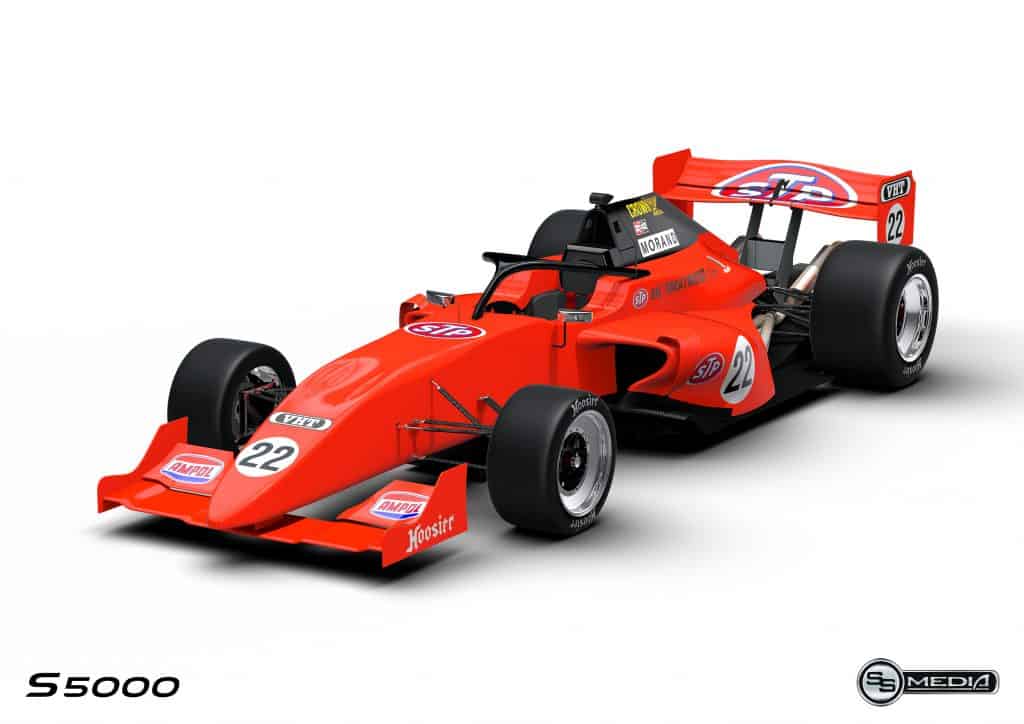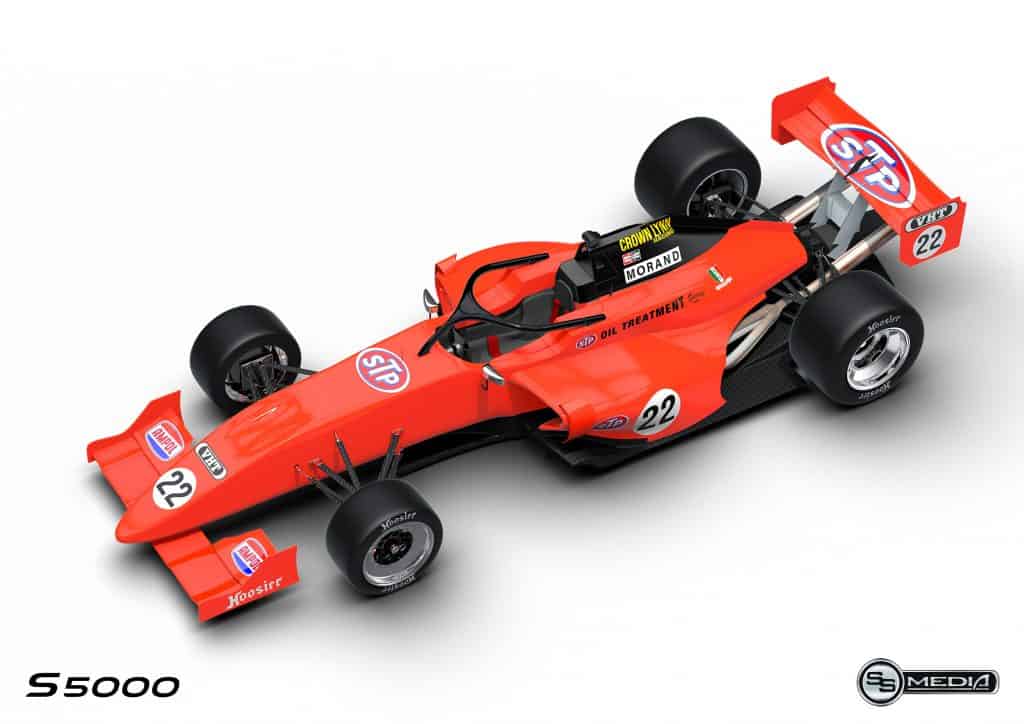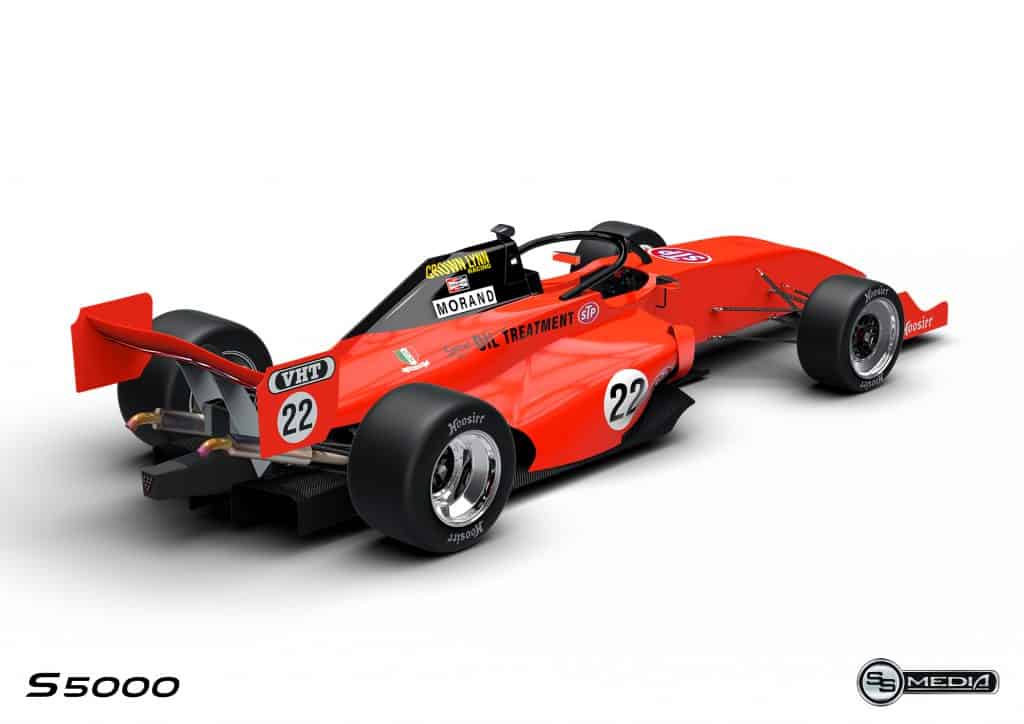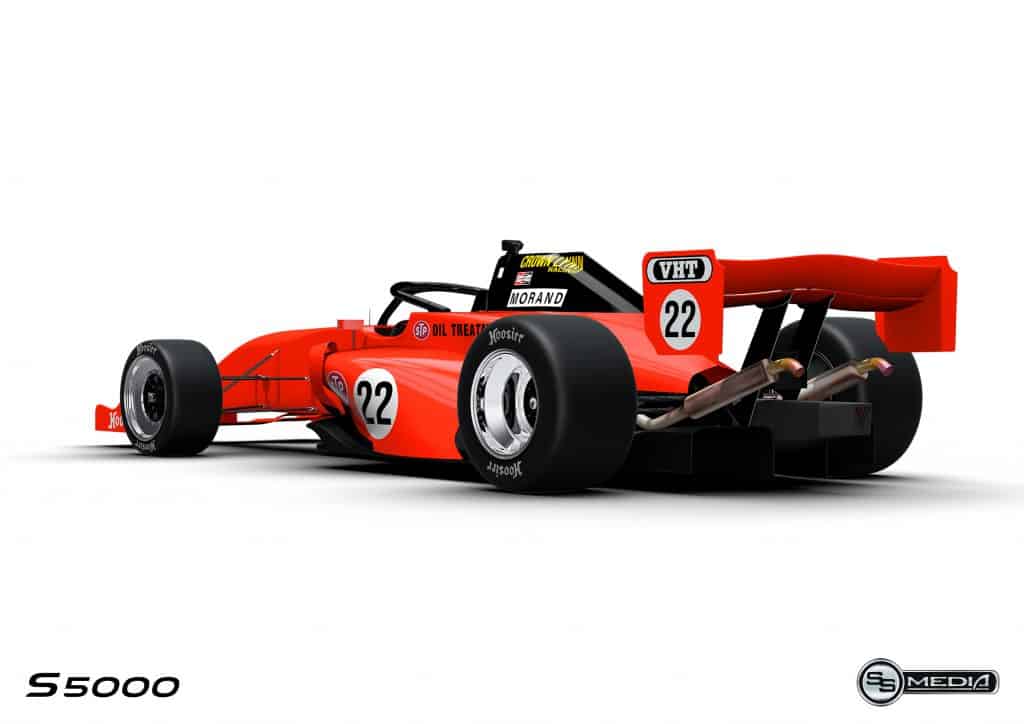The S5000 Heritage Series recognises the legendary drivers and cars of Formula 5000, the category which is represented in spirit and modern-day form by the VHT S5000 Australian Drivers’ Championship.
Widely regarded as a nation that punches above its weight in world motorsport, New Zealand’s proud motorsport heritage is personified by the legends Denny Hulme, Bruce McLaren and Chris Amon, who between them won the Formula 1 World Drivers’ Championship and 24 Hours of Le Mans during a glorious period of the 1960s.
While he may not have scaled the same heights as some of his compatriots, there is a strong case to suggest that Graham McRae was in the same league as his nation’s – and indeed the world’s – best.
Based on the calibre of drivers McRae battled with and the titles he won, it is conceivable that he too could have triumphed for New Zealand at the highest levels of the sport, had circumstances have been different.
But this feature is not about what McRae could have been, rather a celebration of what he is – one of the greatest Formula 5000 drivers of all who, like compatriot McLaren and our previously featured legends Garrie Cooper and Frank Matich, drove winning racecars of his own design and construction.
McRae won just about every title there was to win in the big-banger open wheel formula including the Tasman Series and Australian Grand Prix three times each, Gold Star championships in Australia and New Zealand, the SCCA Continental 5000 Championship in North America and race victories in the European F5000 Championship.
He is also the 1973 Indianapolis 500 Rookie of the Year and did get the chance to be a Formula 1 driver, albeit for a solitary, short-lived race driving for Frank Williams.
Like many great racing drivers, McRae won more races than friends. His hard-nosed, self-confident nature earnt him the nickname ‘Cassius’, a reference to the tough-talking, legendary boxer Cassius Clay (Muhammad Ali).
Born in Wellington and a university graduate in engineering, McRae built his first car while still in university – an Austin-powered, Maserati-styled sports car hybrid called the McRae 220S which he used to compete in local races and hillclimbs.
McRae later upgraded to a 1.5-litre Brabham open wheeler with which he found himself on the grid for the 1968 Tasman Series – the last ever title won by the late Jim Clark before his untimely death in a Formula 2 race at Hockenheim just weeks later.
As McRae’s Brabham began to age and funds remained limited, the young New Zealander set about producing his own purpose-built race car. The result was the Ford-powered McRae S2 – a high-winged, miniature lookalike of a Ferrari Formula 1 car of the late 1960s.
McRae piloted his creation to great effect, winning the 1968/69 National Formula Championship and a ‘Driver to Europe’ scholarship prize which placed McRae into a European Formula 2 campaign driving for Frank Williams. The Kiwi demonstrated his quality by finishing fourth at Zolder behind Grand Prix stars Jochen Rindt, Jacky Ickx and Piers Courage.
For the 1969/70 season, McRae returned to New Zealand where – as in Australia – F5000 arrived to replace the 2.5-litre Tasman formula. Driving both a New Zealand-built Begg FM2 and McLaren M10B, McRae won the New Zealand Gold Star and two Tasman Series races.
The ensuing years would define McRae’s career as he became an almost unstoppable force, not only winning major races and titles with regularity but continually stepping up to new challenges including more international competition and production of his own F5000 racecars.
McRae won three straight Tasman Series crowns between 1971 and 1973, and during the same era claimed the SCCA/USAC F5000 series in North America (1972) as well as numerous race wins in the European F5000 Championship.
Down under, McRae won back-to-back Australian Grands Prix at Sandown in ’72 and ’73 – the latter in a battle for the ages with the Elfin of John McCormack. It was an extraordinary run of success across the globe, and the nickname ‘Cassius’ seemed highly apt.
But while McRae’s legacy as a driver is immense, it is perhaps eclipsed by what he also achieved as an engineer and constructor. During his time racing in Europe, McRae became involved with British racing car constructor Leda, initially in the design and development of an F5000 before he acquired the concern in 1972 and renamed it McRae Cars Ltd.
The car in question started life as the Leda LT27 before it became the McRae GM1 in which McRae achieved most of his success. McRae famously raced the GM1 in the striking fluorescent racing red of STP which is the choice of livery for our S5000 Heritage Series tribute.
A total of 14 of the highly effective Leda LT27/McRae GM1 chassis were produced during a short but successful period and many continue to race in historic competitions today.
A follow-up design, the GM2, did not achieve the same success as its predecessor and its rights were sold to the American Talon marque, while by late 1973 McRae’s factory in the United Kingdom was sold to Roger Penske as the base for his team’s Formula 1 program.
Sporadic appearances in American and Australasian F5000 events followed before McRae produced one last, distinctive F5000 design. The McRae GM3 debuted in 1976 as a one-off construction and was notable for its unique perspex cockpit surrounds, which McRae designed so that spectators had a clear view of the driver at work.
In 1978, McRae drove his creation to victory in both the Australian Drivers’ Championship and the 50th Anniversary Australian Grand Prix at Sandown – a momentous occasion that saw McRae receive the winner’s trophy from five-time World Champion, Juan Manuel Fangio.
McRae continued racing in the final years of the Can-Am sports car series in North America with a re-engineered version of the GM3, and last competed professionally in the Road America round of the 1987 IndyCar season.
McRae, aged 80, currently lives in New Zealand.
GRAHAM McRAE – MAJOR RACE & CHAMPIONSHIP SUCCESSES IN FORMULA 5000
- 3-time Tasman Series Champion (1971, 1972, 1973)
- 3-time winner, Australian Grand Prix (1972, 1973, 1978)
- 1978 Australian Drivers’ Championship and Gold Star (McRae GM3-Chevrolet)
- 1972 SCCA Continental 5000 Championship (Leda/McRae GM1-Chevrolet)
- 1970 New Zealand Gold Star (McLaren M10B-Chevrolet & Begg FM2-Chevrolet)
- Nine career wins in the European F5000 Championship (1971-1973)
Image Credits: AN1Images.com, Autopics







